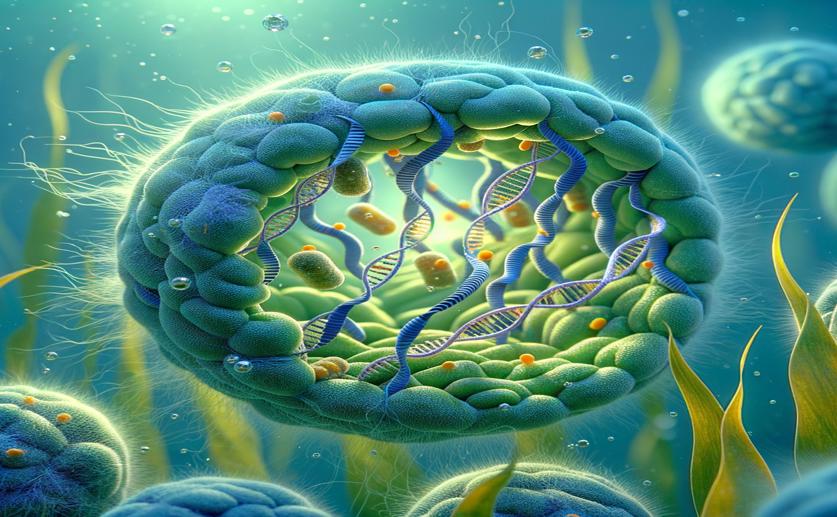
Intense DNA Recombination in the Mitochondria of Aquatic Grass
Jenn Hoskins
9th July, 2024

Image Source: Natural Science News, 2024
Key Findings
- The study sequenced the complete chloroplast genome of the endangered floating bamboo, Hygroryza aristata, for the first time
- The chloroplast genome is 135,681 base pairs long and contains 113 unique genes, including 79 protein-coding genes
- This genetic information can help in conservation efforts and understanding the evolutionary history of Hygroryza aristata and related species
References
Main Study
1) Highly active repeat-mediated recombination in the mitogenome of the aquatic grass Hygroryza aristata
Published 8th July, 2024
https://doi.org/10.1186/s12870-024-05331-x
Related Studies
2) Characterization of the Complete Chloroplast Genome of Hygroryza aristata (Retz.) Nees ex Wight & Arn. (Zizaniinae, Poaceae).
3) Phylogenomic profiles of whole-genome duplications in Poaceae and landscape of differential duplicate retention and losses among major Poaceae lineages.
4) Cytonuclear integration and co-evolution.



 7th July, 2024 | Jenn Hoskins
7th July, 2024 | Jenn Hoskins